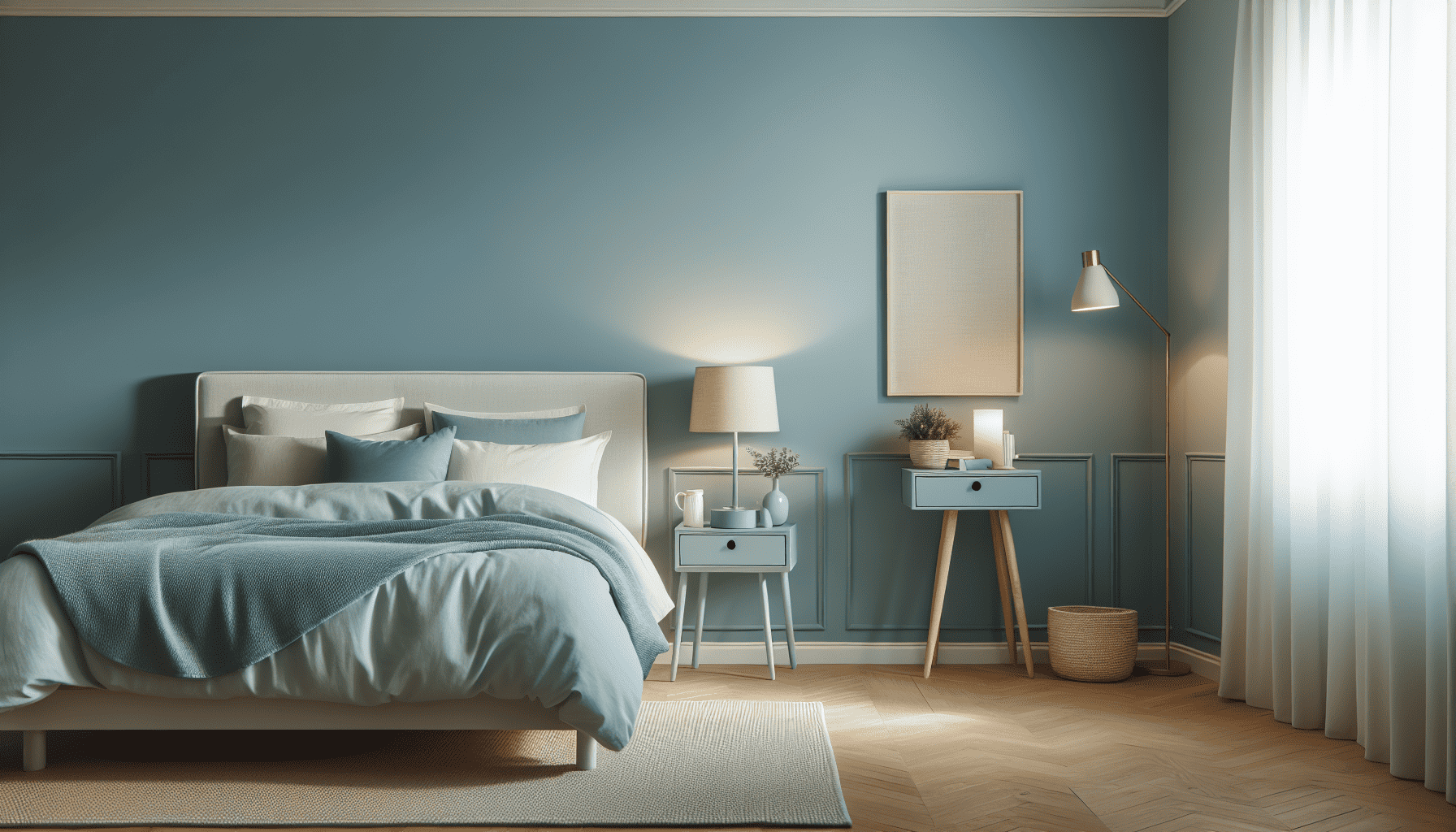In the world of interior design, color is much more than just a visual element. It has the power to evoke emotions, influence moods, and alter the perceived size and shape of a space. Understanding color psychology can be a transformative tool in creating an environment that not only reflects personal style but also fosters the desired mental and emotional responses.
Colors are divided into two primary categories: warm and cool. Warm colors—like reds, oranges, and yellows—are dynamic and stimulating. They are often used to create spaces that excite or energize, making them ideal for communal areas like dining rooms and living spaces. Red, for instance, is known to increase energy and appetite, making it an excellent choice for kitchens and dining areas. However, its intensity also means it should be used sparingly to avoid overwhelming a space.
Conversely, cool colors such as blues, greens, and purples are calming and restorative. They are perfect for bedrooms or bathrooms where relaxation is key. Blue has a particularly soothing effect, promoting a sense of peace and tranquility. It's no surprise that this color is widely used in areas designated for rest and recuperation. Green, straddling the line between warm and cool, brings balance and harmony, echoing nature’s serenity and often used in spaces designed to foster concentration and calm.
Neutrals—like whites, blacks, and grays—serve as emotional stabilizers. They provide the perfect backdrop for bolder accents and can ground more vibrant colors. White symbolizes purity and simplicity, offering a sense of space and cleanliness. Gray, often associated with sophistication, can enhance focus and create a serene setting when balanced with warmer or brighter hues.
Colors also impact the spatial perception of a room. Lighter colors tend to make spaces feel larger and more open. Therefore, small rooms can benefit from light pastels or soft whites, which help to create the illusion of airiness. On the other hand, darker colors can make a large room feel more intimate by reducing a room’s perceived size.
To harness the full potential of color psychology, it is crucial to consider not only personal preferences but also the function of each room. A home office may benefit from shades of green that enhance focus, while a family room can embrace warm, inviting tones that encourage lively interaction. Moreover, an understanding of cultural and personal associations with colors can tailor a more profound emotional connection to the spaces we inhabit.
By strategically implementing the principles of color psychology into interior design, homeowners can create spaces that are not only aesthetically pleasing but also emotionally fulfilling. Each hue becomes a tool, shaping environments that inspire, calm, and comfort—all through the simple, yet profound, application of color.
